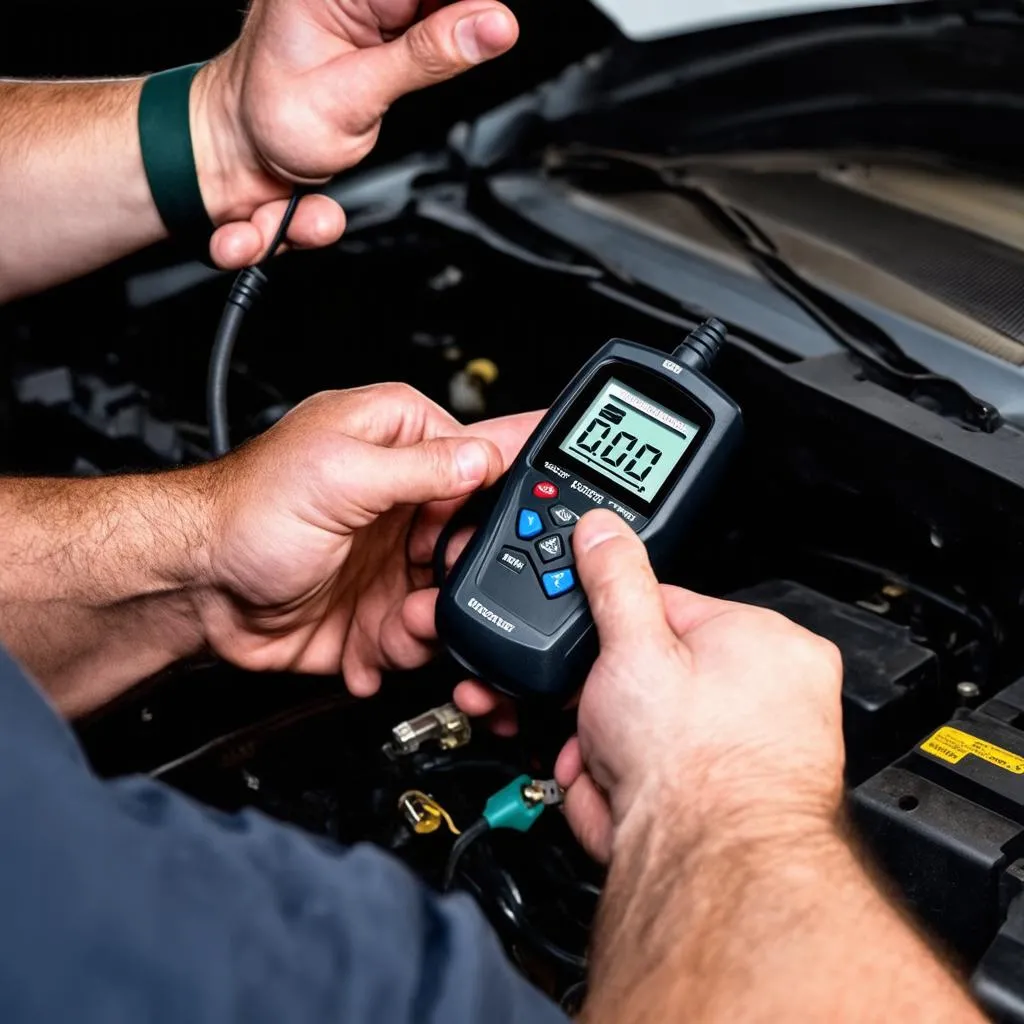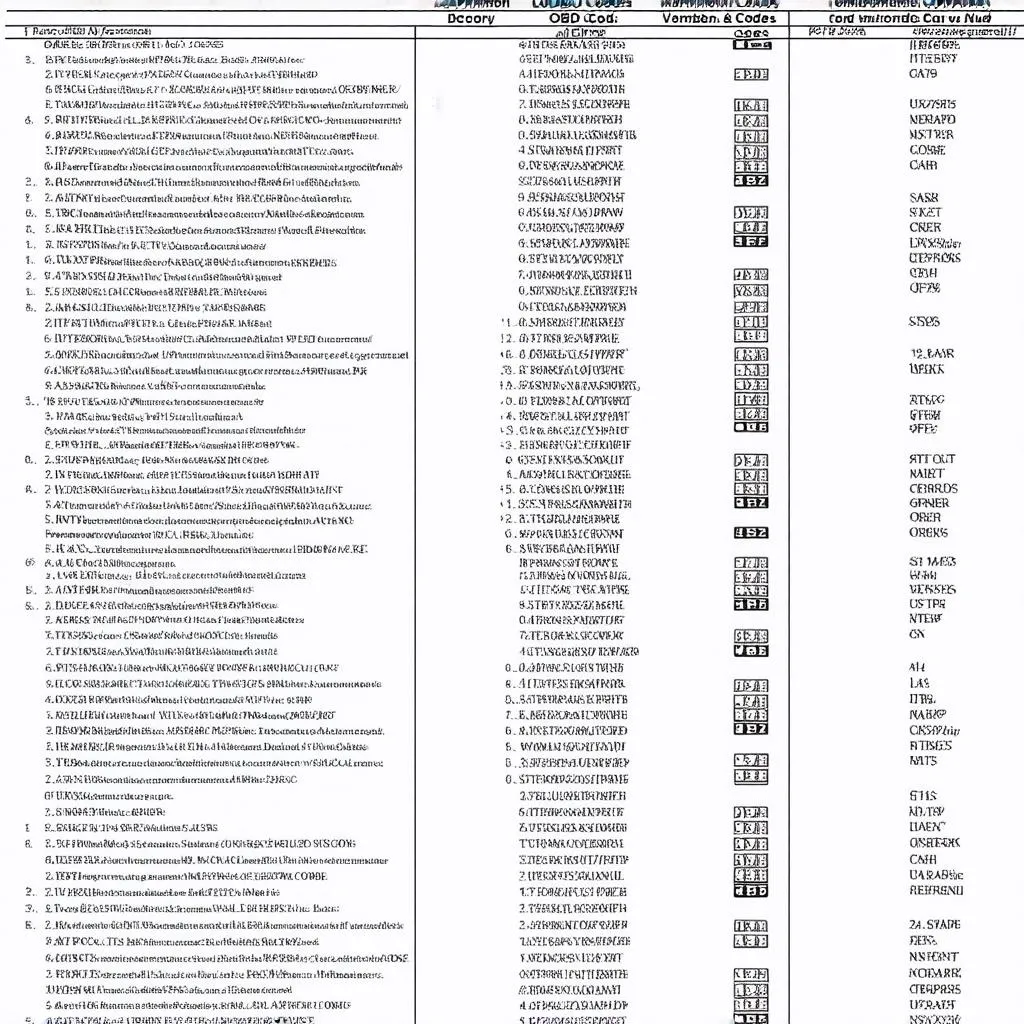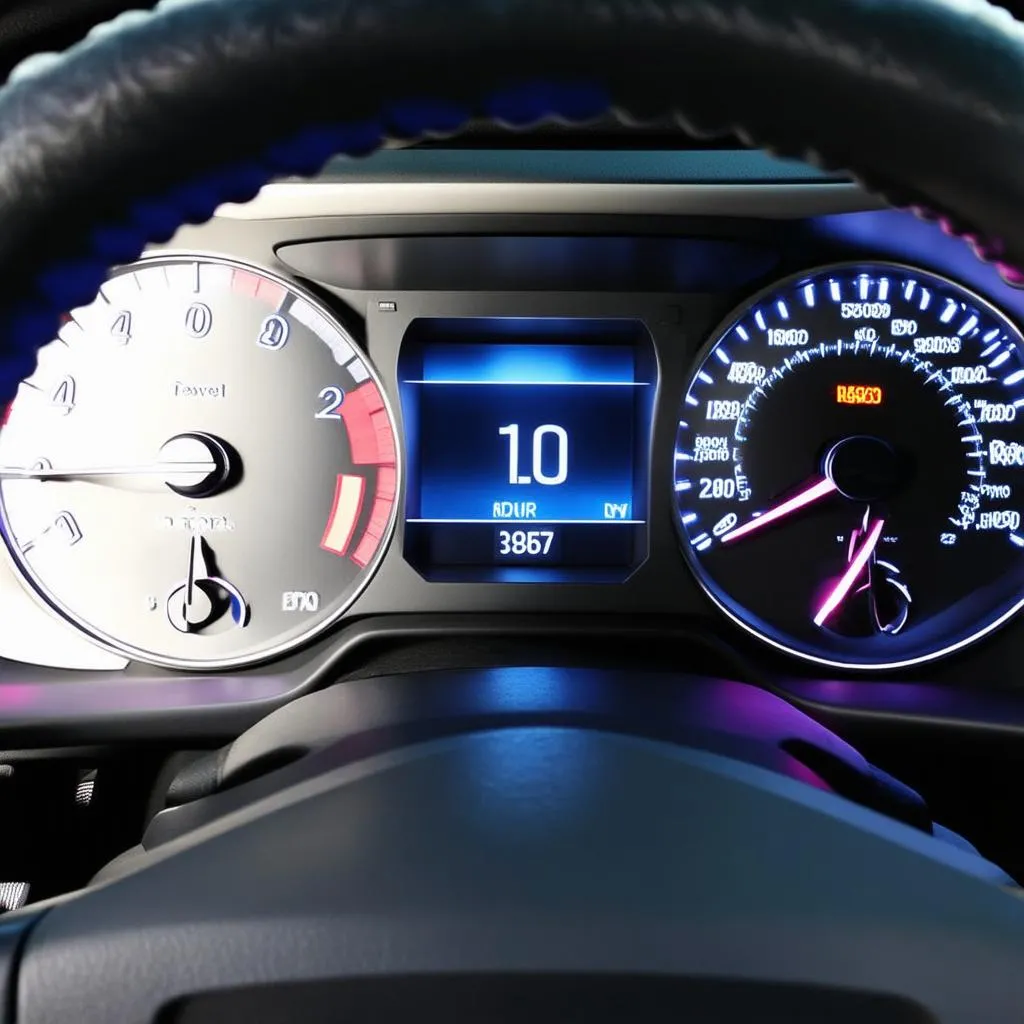Have you ever wondered what those cryptic codes popping up on your car’s dashboard mean? Or maybe you’ve been trying to troubleshoot a car problem yourself, but the technical jargon in the OBD report leaves you feeling lost. You’re not alone! OBD reports, short for On-Board Diagnostics, can be a bit intimidating for the average car owner. But fear not, because we’re about to demystify them!
The Significance of OBD Reports
Think of your car as a complex organism, with various systems working in harmony to keep it running smoothly. OBD reports act like a health check for your vehicle, providing valuable insights into its overall performance and potential issues. It’s like having a personal doctor for your car, offering vital information to help you diagnose and fix problems before they become major headaches.
A Window into Your Car’s Inner Workings
OBD reports contain a wealth of data about your car’s various systems, including:
- Engine Performance: Information about fuel mixture, engine timing, and emissions.
- Transmission: Details about gear shifting, torque converter, and transmission fluid temperature.
- Brakes: Data on brake system pressure, wheel speed, and ABS functionality.
- Airbags: Status of airbag sensors and deployment readiness.
By analyzing these reports, you can gain a deeper understanding of your car’s health, identify potential issues early on, and make informed decisions about maintenance and repairs.
Deciphering the Codes: The Language of OBD
OBD reports often present information in the form of diagnostic trouble codes (DTCs). These codes are standardized across most vehicle manufacturers, making it easier to understand and interpret them.
Breaking Down a DTC:
A typical DTC consists of a series of letters and numbers. For example, a common DTC might look like this: P0301.
- P: Indicates that the code relates to the powertrain system.
- 03: Identifies the subsystem: in this case, cylinder misfires.
- 01: Specifies the specific cylinder affected.
Understanding the Code:
The code P0301 tells us that there’s a misfire occurring in cylinder number one. This could be due to a variety of factors, such as a faulty spark plug, clogged fuel injector, or ignition coil problem.
A Word of Caution:
While OBD reports are incredibly informative, they shouldn’t be taken as a definitive diagnosis. It’s important to consult a qualified mechanic for professional analysis and repair, especially if you’re unfamiliar with car diagnostics.
Real-Life Examples: OBD Reports in Action
Imagine you’re driving your car, and suddenly the “Check Engine” light illuminates on your dashboard. This might be a signal that your car is experiencing a problem, and you want to understand what’s going on. By using an OBD reader, you can access the OBD report and retrieve the relevant DTCs.
Let’s say the OBD report shows the DTC P0420. This code indicates a problem with the catalytic converter, a vital part of your car’s emission control system.
Now, armed with this knowledge, you can:
- Reach out to a mechanic: You can call a local mechanic and inform them about the DTC, allowing them to diagnose and repair the issue efficiently.
- Search for online resources: Websites like Techcarusa.com provide comprehensive information about specific DTCs, helping you understand the underlying causes and potential solutions.
Using OBD Reports for Proactive Maintenance
OBD reports aren’t just for diagnosing problems; they can also be used for proactive maintenance. By regularly checking for codes and monitoring key parameters, you can identify potential issues before they become serious.
Examples of Proactive Maintenance:
- Fuel Trim Codes: These codes indicate adjustments the engine control unit is making to the fuel mixture. If you see consistent fuel trim codes, it might suggest a problem with your fuel injectors or oxygen sensors.
- Sensor Readings: Keep an eye on sensor readings for key components like oxygen sensors, temperature sensors, and pressure sensors. Fluctuations or abnormalities in these readings can point to underlying issues that require attention.
Tips for Interpreting OBD Reports
- Don’t be intimidated: OBD reports might look complicated, but with some basic knowledge, you can interpret them effectively.
- Use online resources: Websites like Techcarusa.com offer detailed information about DTCs, explaining their meaning and potential solutions.
- Consult a mechanic: If you’re unsure about the meaning of a particular code or need assistance with repairs, always seek professional help.
FAQs: Common Questions about OBD Reports
Q: What kind of OBD reader do I need?
A: You can purchase an affordable OBD reader from most auto parts stores or online retailers.
Q: Can I clear OBD codes myself?
A: Yes, you can clear codes using an OBD reader, but it’s important to understand why the code appeared in the first place. Simply clearing the code without addressing the underlying problem may cause the “Check Engine” light to reappear.
Q: How often should I check my OBD report?
A: It’s a good practice to check your OBD report at least once a month or whenever you notice any unusual driving symptoms.
Q: Can OBD reports help me improve my car’s fuel economy?
A: Absolutely! By identifying issues with fuel trim or engine performance, you can optimize your car’s efficiency and save on fuel costs.
Explore More with Techcarusa.com
For a deeper dive into OBD reports and diagnostics, explore the informative articles on Techcarusa.com. Our website offers a wealth of resources for car owners, including:
- Understanding OBD Codes: A Comprehensive Guide
- 2006 Saturn Ion OBD Codes
- 91 Subaru Legacy OBD Codes
- 2010 Camaro OBD Codes
Call to Action: Get Expert Help!
Don’t let OBD reports confuse you! Our team of expert technicians is available 24/7 to assist you with any OBD-related queries or diagnostics. Contact us via WhatsApp at +84767531508 for immediate support and guidance.
Conclusion: Empowered Car Ownership
By understanding OBD reports, you can become a more informed and proactive car owner. Armed with this knowledge, you can take control of your vehicle’s health, identify potential issues early, and make informed decisions about maintenance and repairs. Remember, knowledge is power, and OBD reports are your key to a smoother, more enjoyable driving experience.
 obd-reader
obd-reader
 obd-codes-table
obd-codes-table
 check-engine-light
check-engine-light